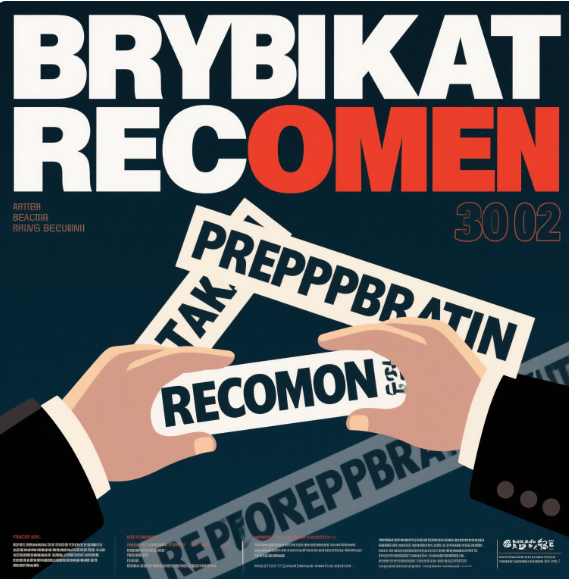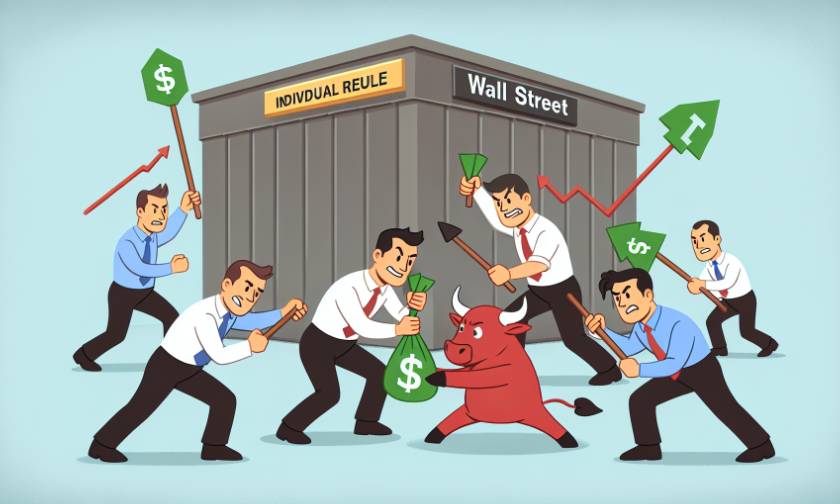In the world of Bitcoin and various cryptocurrency trades, a seemingly "everlasting" tale often unfolds: project teams that only sell and never buy, repeatedly cutting retail investors—leaving countless casual investors in deep disappointment and frustration. Are these project teams purely profit-driven? Or are there hidden rules of the game that make retail investors repeatedly fall victim to "chives"? Today, we'll delve into how these projects operate under the guise of "sell only, never buy," uncovering the underlying rules that allow them to capitalize on unsuspecting investors, and equip you to protect your funds in the investment arena.
1. What Does "Sell Only, Never Buy" Mean?
Before we dive into the analysis, let’s clarify the meaning of “sell only, never buy.” Simply put, many project teams heavily issue their tokens through Initial Coin Offerings (ICOs) or listings on exchanges during their inception, raising capital. However, once they've secured that funding, they often cease buying back into the market. In this scenario, while the project team profits, retail investors bear the risks.
From ICOs to "Sell Only, Never Buy"
Reflecting on the ICO craze that peaked in 2017, countless projects amassed vast amounts of capital in a short period. Due to a lack of regulatory oversight, many project teams, after harvesting retail investors' funds, neglected the long-term development of these projects. Some even shut down, leaving retail investors struggling within a volatile market. It's akin to a fable: the elder gathers wealth while the subsequent retail investors are left picking up the trash he discards.

A Distorted Market Ecology
Such irresponsible behavior has gradually distorted the market ecosystem, with many projects focusing only on short-term gains, neglecting their true commitments to users. Consequently, legitimate teams aspiring to develop technology and products face severe challenges in growth, while projects adept at cutting chives thrive. In this environment, how can retail investors shield themselves from becoming unwitting victims in this unstable market?
2. How Project Teams Cut Retail Investors Through "Sell Only, Never Buy"
To facilitate better understanding, let’s break down how project teams manage to cut retail investors through the “sell only, never buy” approach.
Exploiting Information Asymmetry
Project teams often possess more information and resources than retail investors, and they leverage this advantage to release attractive news, igniting market enthusiasm. For instance, they might issue a press release highlighting significant technological breakthroughs or new partnerships. However, the authenticity of these announcements is questionable; retail investors may easily be lured into making impulsive purchases based on these glowing promises.
Massive Token Sell-offs
Once a token hits exchanges, project teams frequently take the opportunity to offload large quantities of tokens, swiftly cashing out. Such behavior is particularly apparent during the early market phase; while project teams create buzz to attract retail investors, they simultaneously disengage and liquidate their holdings, often dumping tokens on unsuspecting new investors. As a result, early investors may find their returns dwindling as a consequence.

Manipulating Niche Market Trends
Some project teams even exploit market trends by strategically launching new products or updated versions to grab attention. This tactic can quickly ramp up market excitement temporarily, and once the hype dissipates, they may withdraw, leaving retail followers confused about their next steps. By this maneuver, project teams maintain their profits while continuously cutting chives.
3. How Can Retail Investors Protect Themselves?
The "sell only, never buy" model has negatively impacted many retail investors, but that doesn’t mean we’re powerless. Here are some strategies to help retail investors safeguard their positions in the cryptocurrency market.
Conduct Thorough Project Research
Before investing, it’s crucial to conduct an exhaustive background check on the project. Examine the whitepaper, team members, technical roadmap, and community feedback to ascertain the project's genuine strength and direction. When it comes to purchasing, stand firm against trends or hearsay—stay level-headed and informed.
Diversify Investment Risks
In previous markets, concentrating investments often resulted in significant losses for investors during minor fluctuations. Thus, retail investors are advised to implement a "diversification" strategy, spreading funds across various projects and assets to mitigate overall risk exposure.

Engage with Community Interactions
Actively participating in community discussions about the project can provide insights from other investors' experiences and points of view. Utilizing social media platforms and forums can help you better understand changing market dynamics and the likelihood of any "chives-cutting" scenarios.
Maintain Rationality and Avoid Impulsive Trading
Last but certainly not least, maintain a rational approach to investing; resist the temptation to react impulsively to market volatility or short-term news. Establish clear investment goals and stop-loss strategies, ensuring your actions reflect informed decisions rather than herd mentality.
Conclusion
The mechanics behind project teams that “sell only, never buy” cleverly cut retail investors, leaving many reeling with losses. However, this reality does not preclude us from engaging in the cryptocurrency market; rather, it instills the necessity for deeper understanding and enhanced judgment. By thoroughly researching projects, diversifying investments, engaging in community communication, and maintaining rational decision-making, every investor can protect their interests and achieve genuine wealth growth. Avoid falling into chives-cutting traps—this guidance remains relevant no matter the timing.
















No comments yet